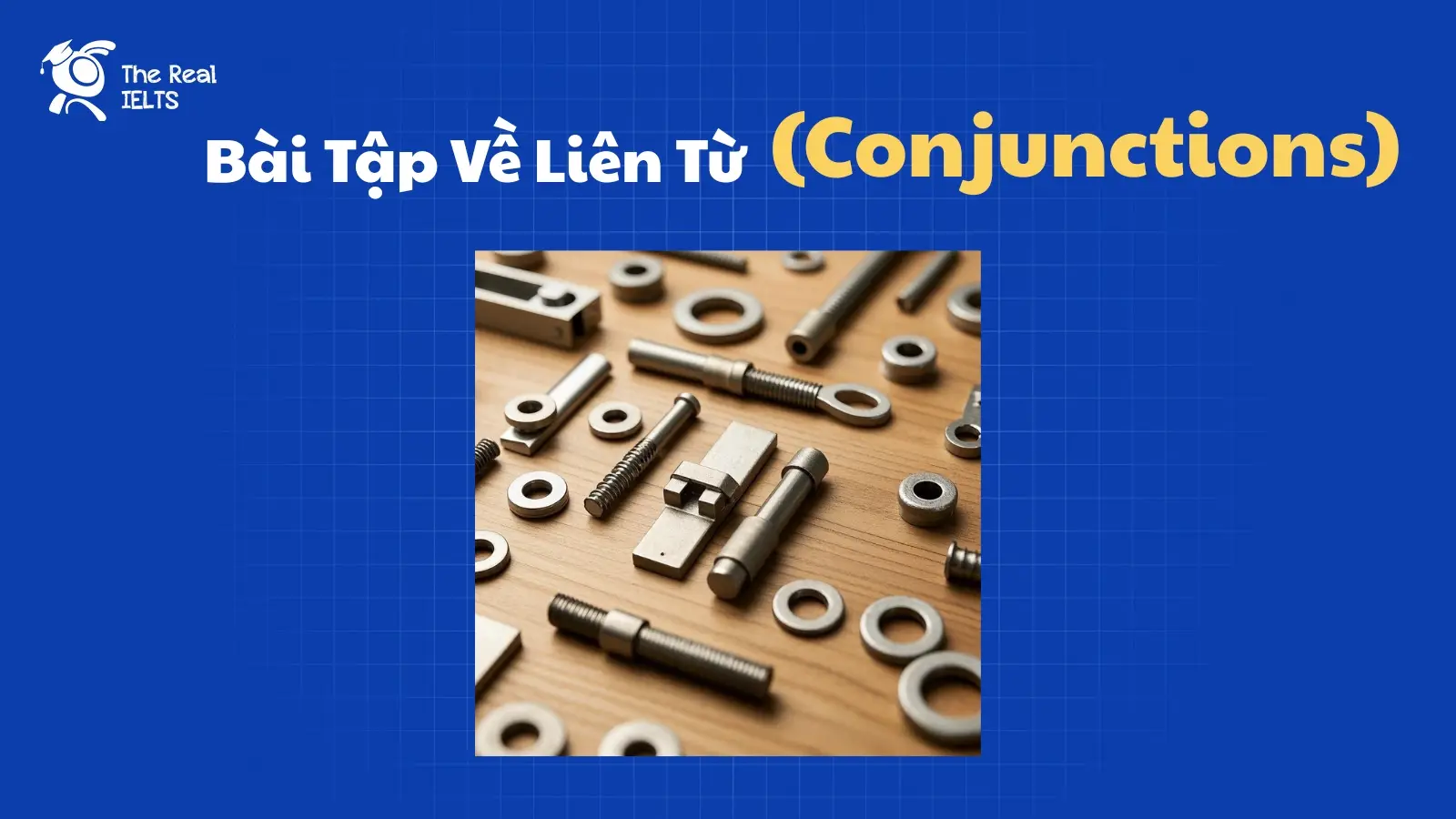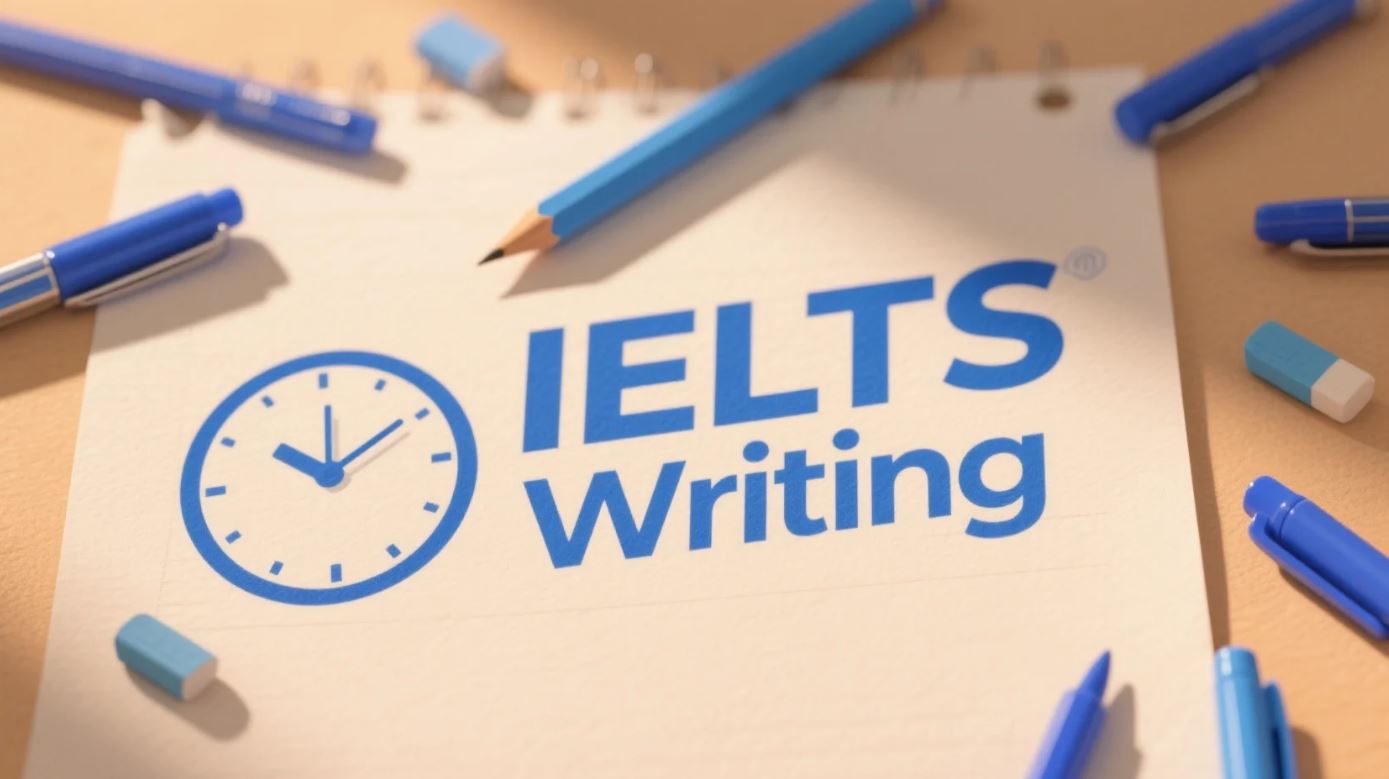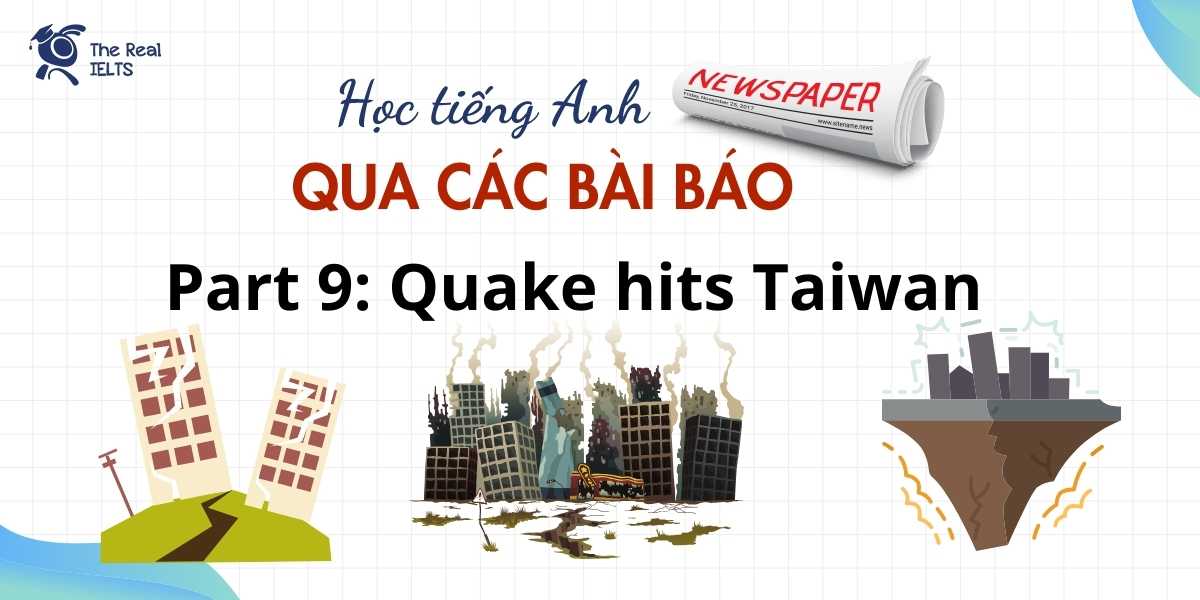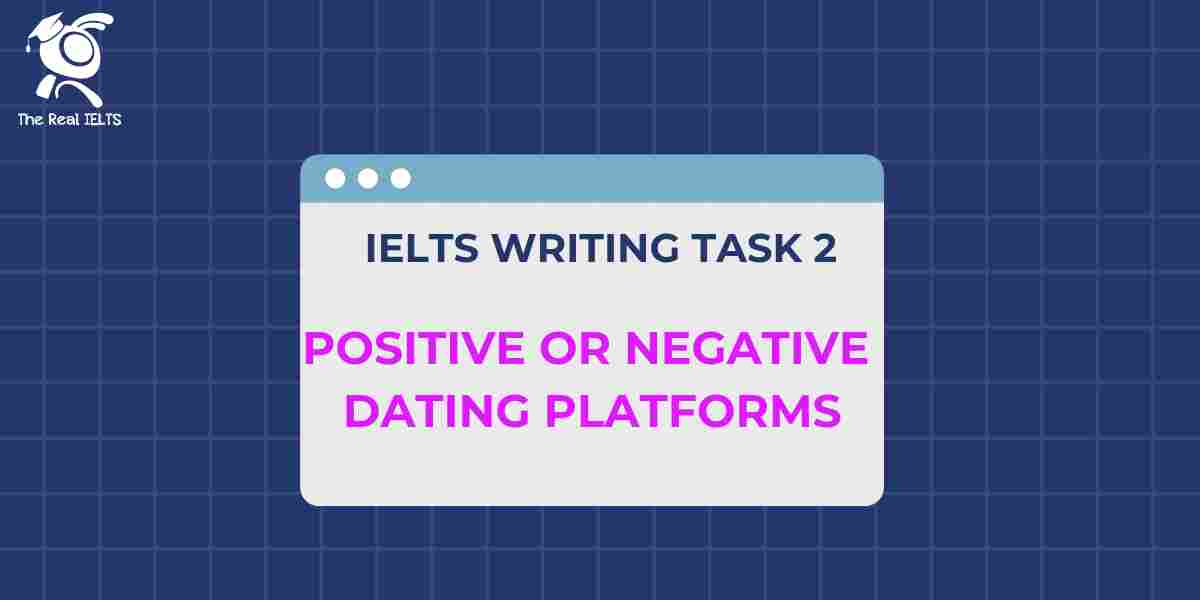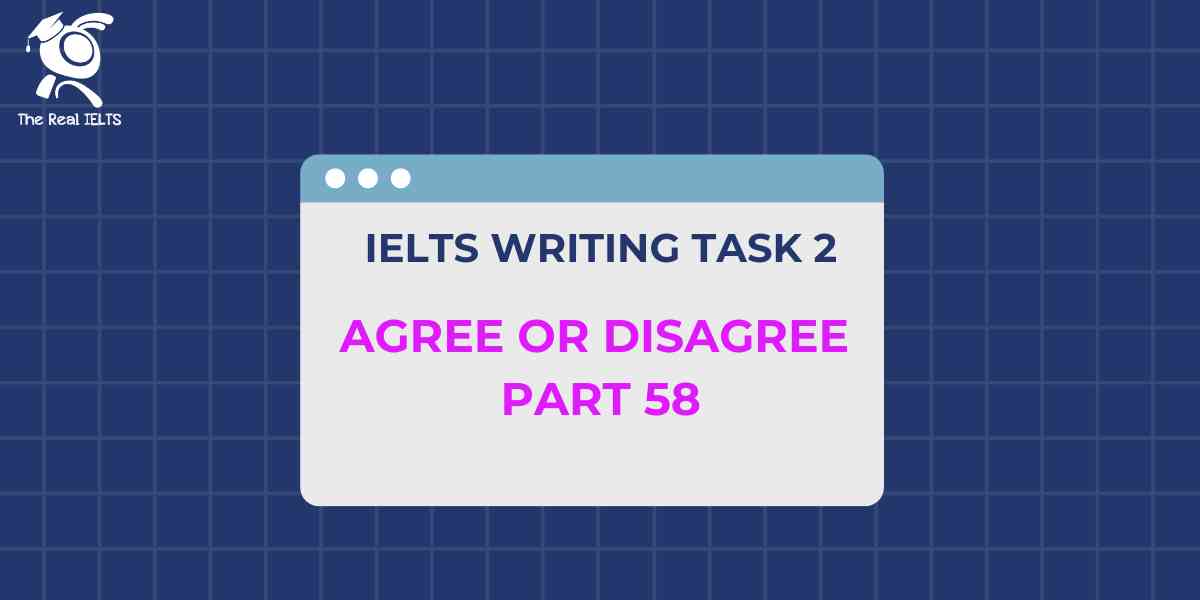Luyện tập IELTS Reading ngày 24 có chủ đề: The Impact of Technology on Education. Bài này thuộc chuỗi IELTS Reading: 30 chủ đề luyện tập. Mỗi bài này luyện tập khoảng 30 phút.
Học lại bài cũ: IELTS READING Day 23: Mental Health in the Workplace: Causes and Solutions.
Đọc bài IELTS Reading và trả lời câu hỏi ở bên dưới
Passage 1
Over the past few decades, technology has transformed the way we approach education. Schools and universities worldwide have embraced digital learning tools, from online courses to interactive whiteboards, reshaping traditional classrooms and redefining the roles of teachers and students alike. Technology in education offers several advantages, including improved accessibility, personalized learning experiences, and enhanced collaboration among students. Digital platforms and e-learning systems enable students to access materials and submit assignments online, regardless of location.
Passage 2
However, the integration of technology in education also raises concerns. While digital resources allow students to learn at their own pace, some argue that heavy reliance on technology may hinder essential social skills. Face-to-face interactions, a fundamental part of the traditional educational environment, are increasingly replaced by screens. This shift potentially limits students’ ability to develop interpersonal skills, which are critical in professional and personal contexts.
Moreover, some experts believe that technology may contribute to the “digital divide,” where students without reliable internet access or devices fall behind their peers. While many educational institutions aim to provide resources, bridging this gap remains challenging, particularly in remote or economically disadvantaged areas.
Passage 3
Despite these challenges, recent studies show that, when used effectively, technology can enhance students’ learning outcomes and engagement. Adaptive learning platforms that adjust to individual student needs have been shown to boost retention and comprehension rates. Additionally, immersive tools like virtual reality can transport students to distant historical sites or even inside the human body, creating experiences that are difficult to replicate with traditional methods.
In the long run, educators are optimistic that a balanced approach—blending technology with in-person teaching—could address the downsides. This approach would ensure students benefit from the flexibility and interactivity of digital tools while retaining essential social and cognitive skills developed through face-to-face engagement.
Từ vựng
- technology – công nghệ
- education – giáo dục
- digital learning tools – công cụ học tập số
- interactive whiteboards – bảng tương tác
- traditional classrooms – lớp học truyền thống
- accessibility – khả năng tiếp cận
- personalized learning experiences – trải nghiệm học tập cá nhân hóa
- collaboration – sự hợp tác
- digital platforms – nền tảng kỹ thuật số
- e-learning systems – hệ thống học trực tuyến
- assignments – bài tập
- integration – sự tích hợp
- social skills – kỹ năng xã hội
- face-to-face interactions – tương tác trực tiếp
- educational environment – môi trường giáo dục
- interpersonal skills – kỹ năng giao tiếp cá nhân
- digital divide – khoảng cách số
- economically disadvantaged areas – khu vực kinh tế khó khăn
- adaptive learning platforms – nền tảng học tập thích ứng
- retention – khả năng ghi nhớ
- comprehension rates – tỷ lệ hiểu bài
- immersive tools – công cụ tương tác sâu
- virtual reality – thực tế ảo
- experiences – trải nghiệm
- in-person teaching – giảng dạy trực tiếp
- social and cognitive skills – kỹ năng xã hội và nhận thức
Câu hỏi IELTS Reading
Multiple Choice
- What is one advantage of technology in education according to Passage 1?
- A) It reduces the workload for teachers.
- B) It allows for remote access to educational resources.
- C) It guarantees equal learning opportunities for all students.
- D) It eliminates the need for textbooks.
- In Passage 2, what is a potential drawback of heavy reliance on technology?
- A) Reduced accessibility to resources.
- B) Increased costs for students.
- C) Limited development of social skills.
- D) Disruption of traditional teaching roles.
True/False/Not Given
- Passage 2 states that technology always improves students’ academic performance.
- According to Passage 3, virtual reality can make learning experiences more engaging than traditional methods.
Short Answer
- What is the “digital divide,” and why is it a concern in education?
- Mention one benefit of adaptive learning platforms according to Passage 3.
Matching Information
- Match the following challenges or benefits with the corresponding passage:
- i) Accessibility of educational resources
- ii) Development of social skills
- iii) Individualized learning experiences
- iv) Educational engagement through technology
Đáp án IELTS Reading
Answers (Sample)
- B
- C
- False
- True
- The “digital divide” refers to the disparity in access to technology among students, where those without reliable internet or devices may fall behind.
- Adaptive learning platforms improve retention and comprehension by tailoring content to individual student needs.
- i) Passage 1
- ii) Passage 2
- iii) Passage 3
- iv) Passage 3




